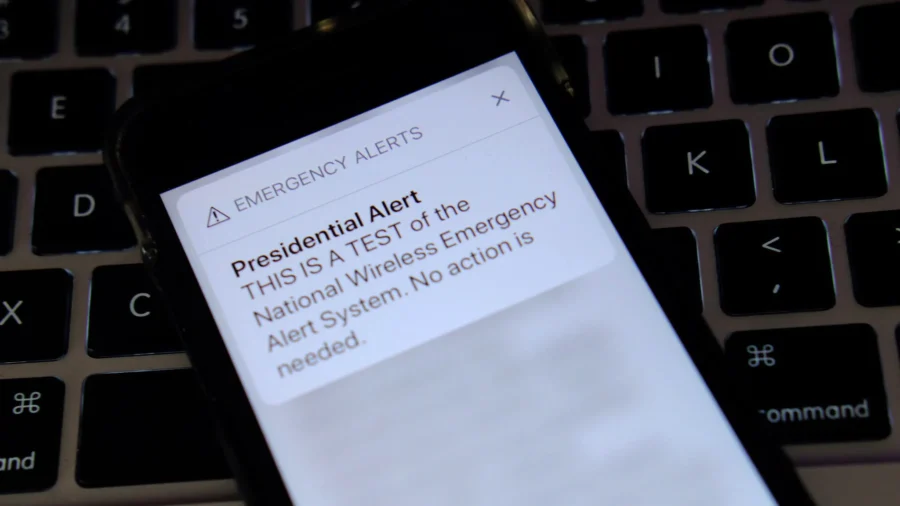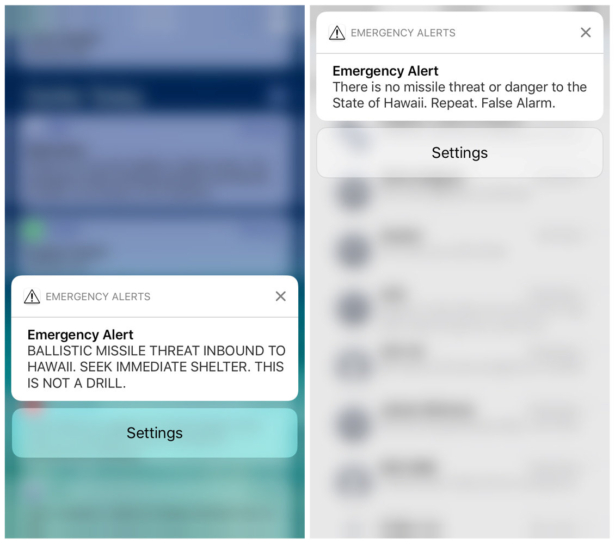In 2022, during wildfires in California, an immediate evacuation notice was sent by the Los Angeles County Office of Emergency Management for Los Angeles, the Eastern North Pacific Ocean, and Port Conception to Guadalupe. The text listed “Eastern North Pacific Ocean” or “Eastern North Pacific” twelve different times before the Ventura County Sheriff’s Office said it was an error.
Meanwhile, a FEMA spokesperson told The Associated Press in an emailed statement that claims circulating online saying the agency’s notification system will make your phone, or any other device, “inoperable” are false.
“There’s no truth to these claims,” Jeremy Edwards said, pointing out that phone operations are not disabled or interrupted when an alert is received, and users can simply click a message that pops up on their screens during the test to dismiss it.
If a phone is turned off before the test alert is sent and not switched on until after the test expires, it will not get the test message, Mr. Edwards added.
“The WEA alert tone is only played when the alert is initially received by the phone and stops as soon as the user clicks a button,” he wrote.
FEMA is responsible for implementing, maintaining, and operating the EAS at the federal level together with the Federal Communications Commission and the National Oceanic and Atmospheric Administration (NOAA).
Epoch Times reporter Jack Phillips contributed to this report.



